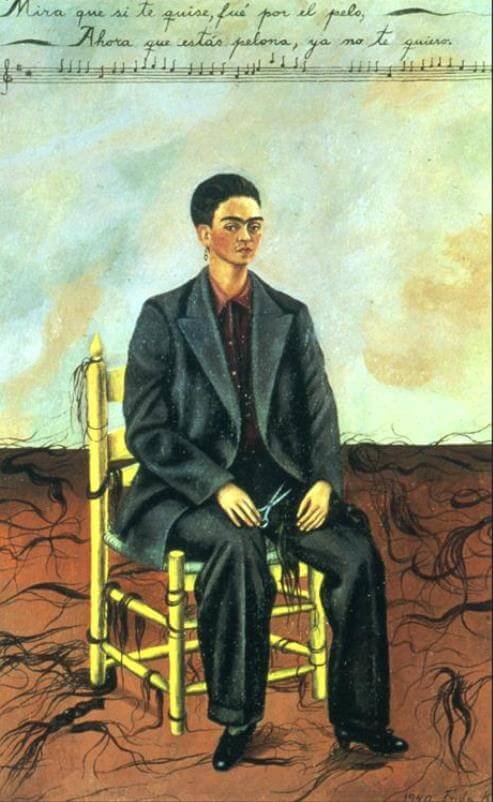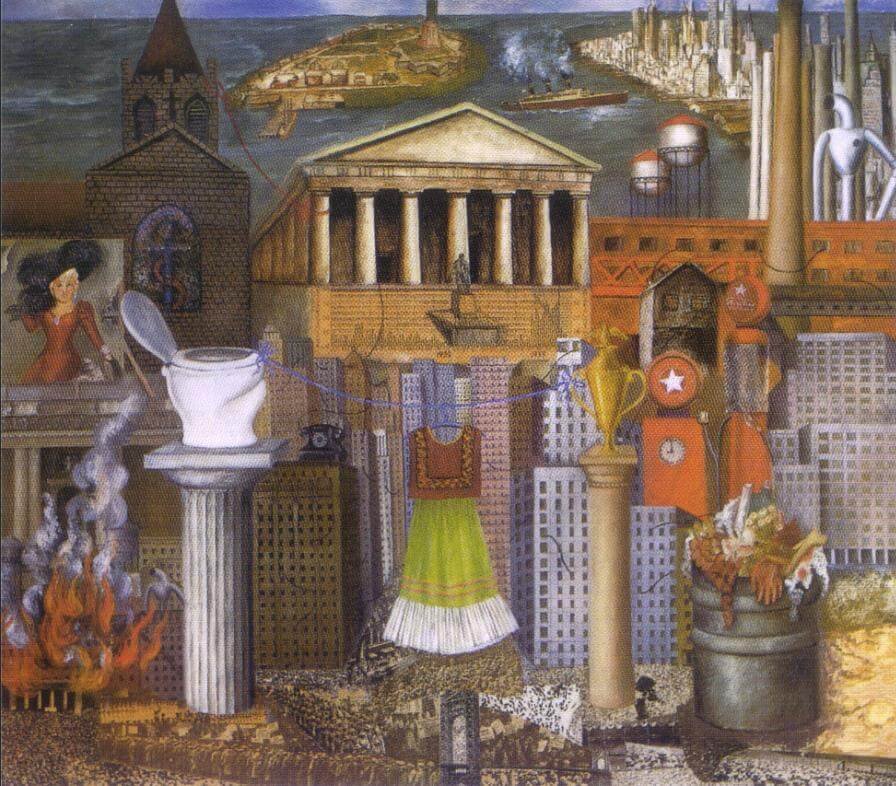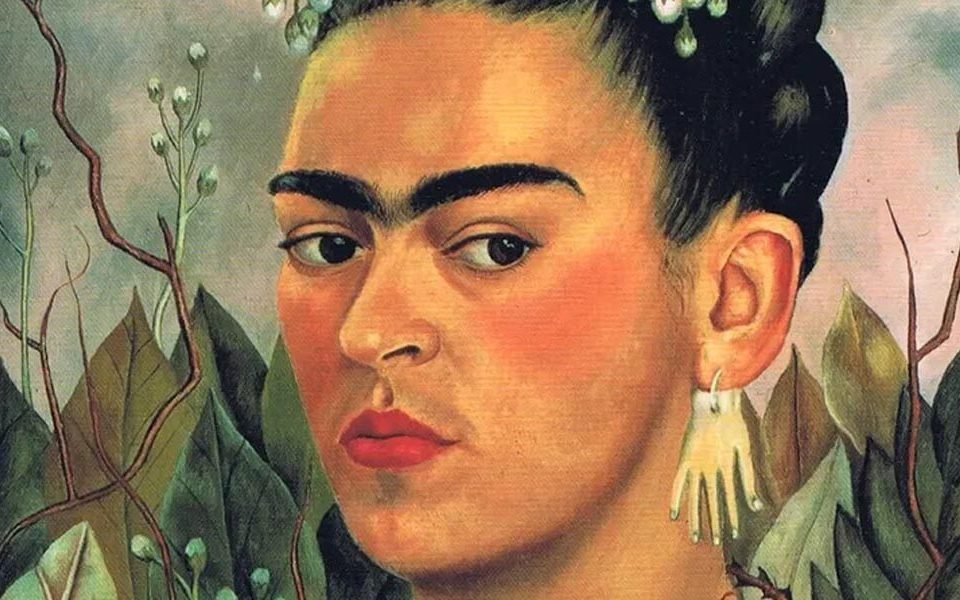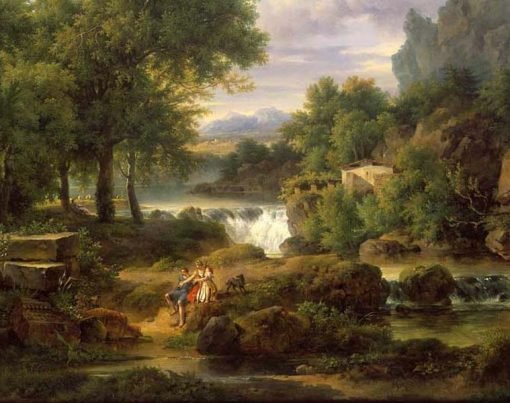Frida Kahlo can be remembered as an artist, a wife, a feminist, and a communist. Yet, her true nationalistic values and love for the Mexican culture are at the core of her identity.
Kahlo devoted her life to exploring and promoting the indigenous Mexican culture, especially when the colonials had choked much of Mexico. The Mexican Revolution was not good news for Kahlo, and it caused a series of struggles for her family. Well, talking about the struggles, Kahlo had a difficult childhood.
Apart from seeing the constant armed conflicts in Mexico, she was six when she contracted polio. She was in pain for a long time, and it was because of her family’s support that she began to study.
Table of Contents
The Early Years
Kahlo studied at a prestigious school. She was among few females who attended school and soon became friends with politically active, like-minded intellectualists. This was when she submerged herself into nationalism that extended beyond the Mexican Revolution. This deeply got into her conscience even before she started to call herself an artist. Soon she married Rivera, a muralist she had met at school, but the two had a conflicting marriage.
While her married life faced ups and downs, her art career began to flourish. It was in the 1930s that Kahlo became friends with Andre Breton, who made her realize that she was a Surrealist. Her paintings were not typical of that of a Surrealist, but, in her opinion, it was a true expression of herself. It was then that her works were exhibited and commissioned, and soon she befriended artists like Pablo Picasso and Piet Mondrian.
Drawings by Frida Kahlo are a great accomplishment for her home country, and she is widely known as a Mexican icon that made everybody proud.

Self Portrait with Cropped Hair – Frida Kahlo
Kahlo and the Mexican culture
You cannot really separate Frida Kahlo from her carefully created dramatic artwork. Her elaborate portraits have a cultural persona. While evaluating her work, she goes beyond Mexican history, stepping into her ideology of socialism, patriotism, and cultural and social values. Her work signifies her love for Mexican artifacts and indigenous attire. Apart from showcasing Mexican culture, she is also remembered as an icon of resilience and for highlighting women’s power.
The artwork by Frida Kahlo is said to be a part of an intellectual movement that differentiated Mexicans from other parts of the world. Since Kahlo lived in America and Mexico, her artwork shows Mexican culture in a more superior form.
To understand Mexican culture in artwork by Frida Kahlo, let us look at some of her portraits. Some of them are highlighted below:
Self-Portrait Along the Border Line Between Mexico and the United States (1932)
History talks a lot about Frida Kahlo self-portrait. For instance, in this portrait, Kahlo draws a stark distinction between Mexican and American culture. The Mexican side shows vibrant hues of landscape and greenery, while the American end involves machinery.
This artwork by Frida Kahlo is a critical comparison between the two sides based on American industrialization. While the economic revolution causes pollution and exploits the natural order of living, Mexico is represented in terms of natural beauty and harmony. Moreover, Kahlo, seen in her traditional Mexican attire, holds the flag of Mexico. This, in other words, is the epitome of true patriotism.
My Dress Hangs There (1933)
Regarding Mexican culture, Frida Kahlo was a proponent of Mexican nationalism and promoted this through her artwork. The portrait ‘My Dress Hangs There’ accurately represents chaotic American capitalism. This is conspicuous through the smoky American skyline saturated with dollar signs.
The Tehuana dress is exceptional in the portrait showcasing a striking Mexican watching the consumer-oriented industrialized world. The dress is all haphazardly painted, similar to Kahlo’s position or as she saw herself during the time she spent in the United States. The dress is colorful, speaking volumes about Kahlo promoting Mexican culture despite being surrounded by the American world.
In other words, the portrait reflects Kahlo’s firm Mexican identity in contrast to the existent American culture. You would see several pictures of Kahlo in the Tehuana dress paired with traditional Mexican jewelry and bright makeup. This was how Kahlo presented her deep connection to the Mexicans and their culture that she wanted to elevate beyond Mexico’s colonizers.

My Dress Hangs There – Frida Kahlo
The Two Fridas
This is one of Frida Kahlo’s most famous self-portraits showing her two identities. However, this instead shows her feelings of torment after she separated from her husband. You can also see the presence of a heart in both versions. The only difference is the separated heart with veins gushing blood for the European version and the vein still intact for the Mexican version. This shows her connection with her husband, her memories, and the separation afterward.
My Grandparents, My parents, and I
Deeply fascinated by Mexican retablos, Frida Kahlo created My Grandparents, My parents, and I. Created on zinc, this artwork by Frida Kahlo describes her European ancestral roots compared to her Mexican ethnicity.
This portrait was created immediately after the time when Hitler enacted a law against mixed marriages. Through this work, Frida Kahlo tends to appreciate her mixed background in opposition to the law passed by Hitler. In other words, the portrait tends to negate the idea of ethnic superiority. Artworks like these show a more profound meaning inherent beyond the personal life of Kahlo that she loved to draw.
Conclusion
Mexican culture seeks pride in Frida’s accomplishments as a devoted Mexican icon who spent her life celebrating her deep-rooted patriotic values. Thus, it would be right to say that Kahlo’s art has created a legacy of Mexican cultural ideals that are cherished to date. With unique artistic techniques, Kahlo creates a cultural persona establishing social values that will remain valuable for years.










